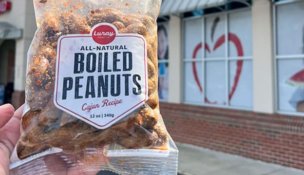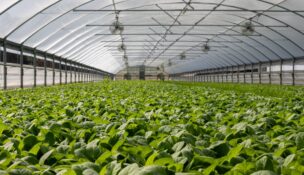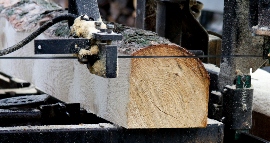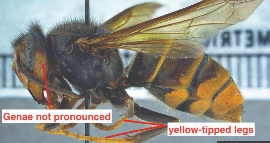Clemson secures grant to make better peaches
Staff Report //April 11, 2019//
Clemson University geneticist Ksenija Gasic received a $150,000, three-year grant from the United States-Israel Binational Agricultural Research and Development Fund to evaluate the biochemical and molecular regulation of carotenoid accumulation in stone fruits such as peaches, apricots and plums.
Her objective is to improve the taste, aroma and nutritional value by manipulating carotenoid content.
Carotenoids are molecules that give peaches their bright yellow and orange colors. They’re also a source of Vitamin A, contain antioxidant properties and have been suggested to reduce the risks of cardiovascular disorders and cancers, according to a news release. Additionally, carotenoids serve as precursors to chemical compounds responsible for flavor and aroma.
Gasic is a peach breeder and associate professor of horticulture with the College of Agriculture, Forestry and Life Sciences at Clemson. She also has an extensive research program focused on developing peach varieties with disease resistance, the release said.
Flavor and aroma have been largely neglected by peach breeders, who have instead focused on producing larger fruits that appeal to consumers and fetch growers more money, Gasic said in the news release.
While new peach varieties are producing larger, eye-appealing fruits, other problems have emerged, Gasic said. These larger, perishable fruits often lose flavor quickly due to inadequate storage and handling during distribution, so fruits consumers purchase aren’t nearly as tasty as those growers pick. Texture has been adversely affected too, with some varieties becoming mealy.
“Peaches require cold storage after harvest to preserve the fruit quality,” she said in the news release. “Consumers then buy peaches that look perfect, take them home and the peaches have already lost the flavor, or with some varieties, the peaches are dry.”
Gasic will collaborate on the project with Douglas Bielenberg, an associate professor of biological sciences, and researchers at the Israel Ministry of Agriculture and Rural Development. Once they have mapped the genetic expressions that create carotenoids, they can manipulate the presence of specific carotenoids to create the chemical compounds that provide desirable tastes and aromas, the release said.
“We’re connecting chemistry in particular varieties with the genetics, so Dr. Gasic and breeders around the world will know which varieties to use as the parents in the cross,” Bielenberg said in the release.
Peaches lack genetic diversity, a substantial roadblock for breeders, but determining how carotenoids — and the chemical compounds created during their biosynthesis — affect flavor may give breeders new options.
“We may find old cultivars that were thought to have little value, that now show good genetics for carotenoids, so maybe we can cross the things that we want,” Bielenberg said in the release. “This is a way to step back and go back to some source material that is more diverse.”
Better understanding of carotenoids and their effects on fruit traits offers other advantages for breeders, as well. The chemical compounds that typically affect the nutritional value in fruits tend to be highly influenced by environmental factors, Gasic said.
“But we don’t think carotenoids will be because it is a color,” she said in the release, “so we think it can be more genetically controlled than some other compounds that contribute to antioxidants.”
n
















